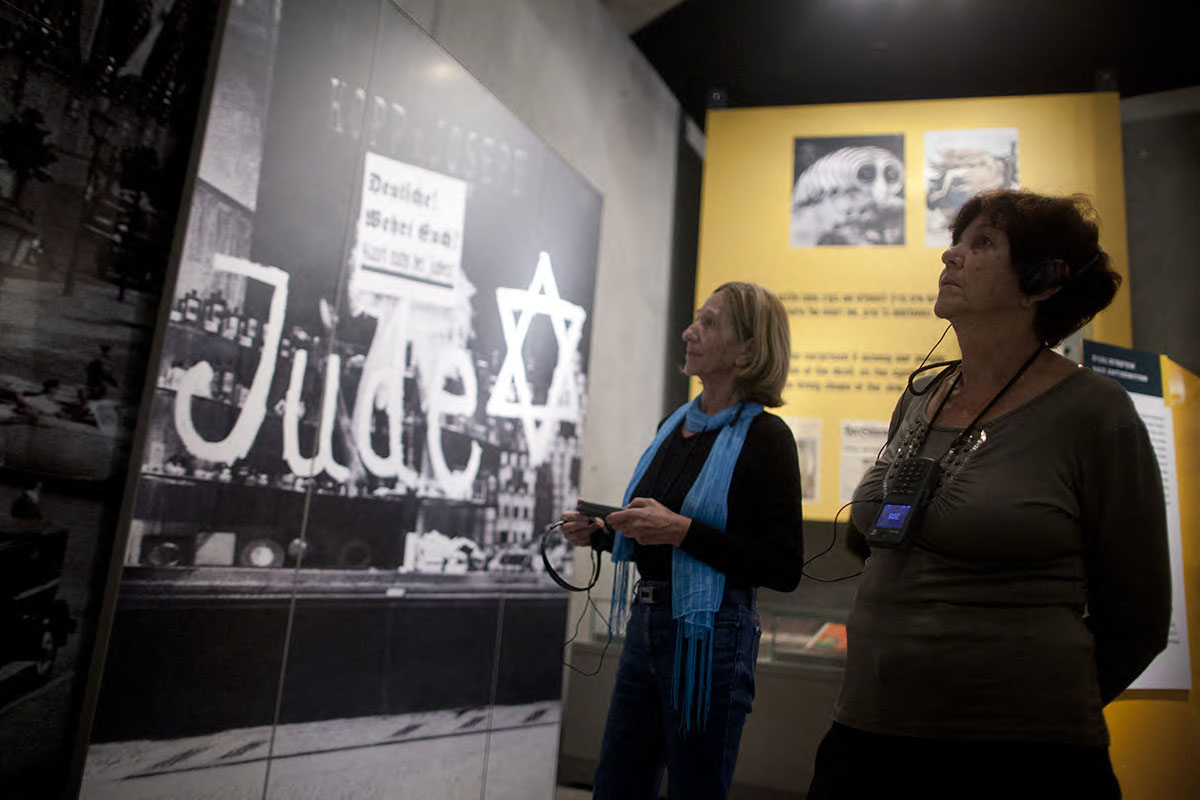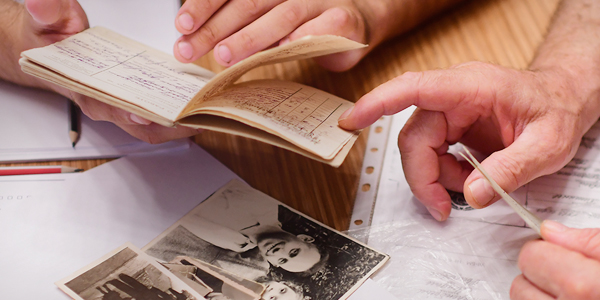Survivor testimony plays a central and valuable role in conveying the history of the Holocaust and preserving its memory. Face-to-face meetings with survivors have an immense impact on their participants. As long as such first-hand testimonies are feasible, they should be prioritized.
Sunday to Thursday: 09:00-17:00
Fridays and Holiday eves: 09:00-14:00
Yad Vashem is closed on Saturdays and all Jewish Holidays.
Entrance to the Holocaust History Museum is not permitted for children under the age of 10. Babies in strollers or carriers will not be permitted to enter.






